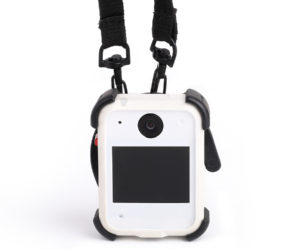
Sorry, your browser is not compatible with this application. Please use the latest version of Google Chrome, Mozilla Firefox, Microsoft Edge or Safari.
Body-Worn Cameras in Policing: Benefits and Costs
Body-worn cameras (BWCs) are an increasingly common tool for police oversight, accountability, and transparency, yet there remains uncertainty about their impacts on policing outcomes. This paper reviews what is know about the benefits of BWCs and how those benefits compare to the costs of this new technology.
Included are two contributions relative to existing research. First, updated prior meta-analyses of studies of the impacts of BWCs on policing outcomes, incorporate the most recent, and largest, studies carried out to date in this literature. This additional information provides additional support for the idea that cameras may affect a number of policing outcomes that are important from a social welfare perspective, particularly police use of force.
Second, a benefit-cost analysis of BWCs is carried out, as financial barriers are often cited as a key impediment to adoption by police departments. The baseline used to estimate the benefit-cost ratio of BWCs is 4.95. Perhaps as much as one-quarter of the estimated benefits accrue to government budgets directly, which suggests the possibility that this technology could, from the narrow perspective of government budgets, even pay for itself.

| Format: |
|
| Topics: | |
| Website: | Visit Publisher Website |
| Publisher: | University of Chicago |
| Published: | May 25, 2021 |
| License: | Public Domain |
Featured Content

Contact Publisher


Claim Content





